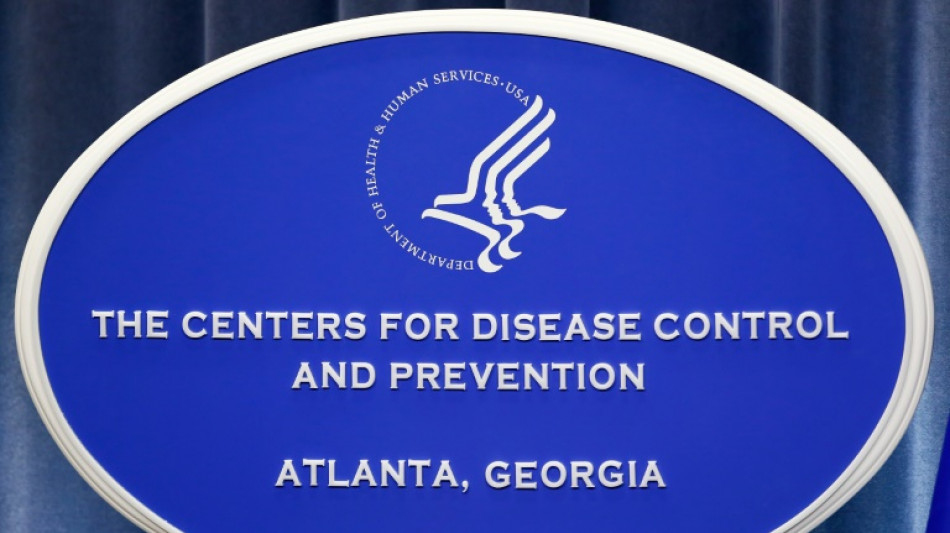

US confirms first bird flu case without animal contact
A person in the state of Missouri has become the first in the United States to test positive for bird flu without a known exposure to infected animals, authorities said Friday.
The adult patient, who has underlying conditions, was admitted to hospital on August 22, received antiviral medications against influenza, then recovered and was discharged, according to statements from the Centers for Control and Disease Prevention and the Missouri Department of Health and Senior Services.
Because the patient's flu type appeared suspicious on an initial test, it was sent for additional testing in state and federal laboratories, which revealed it was H5, also known as avian flu or bird flu.
The person was the 14th to test positive for bird flu in the US this year, and the first without known contact with animals.
Indeed, "no H5 infection in dairy cattle has been reported in Missouri" said the Missouri health department, though "some H5 cases in commercial or backyard flocks and wild birds have been reported."
All previous bird flu cases in the United States have been among farmworkers, including the very first, in 2022.
Bird flu is most commonly found in wild birds and poultry, but has more recently been detected in mammals, with a cattle outbreak seen across the country this year. It can occasionally infect humans through close contact or contaminated environments.
While the CDC continues to assess the risk to the public as low, "circumstances may change quickly as more information is learned," it said.
In the decades since H5 has been found in humans, there have been rare cases where an animal source cannot be identified, but there has so far not been evidence of sustained human-to-human transmission, which would significantly increase the threat level.
T.Scagnelli--LDdC



